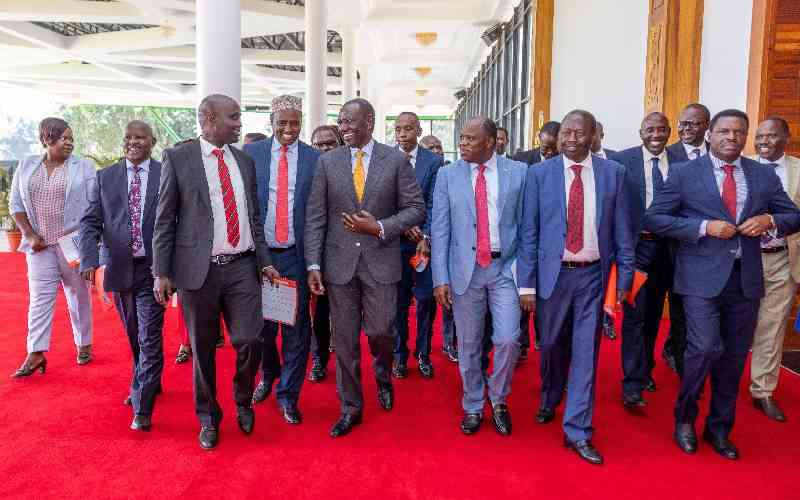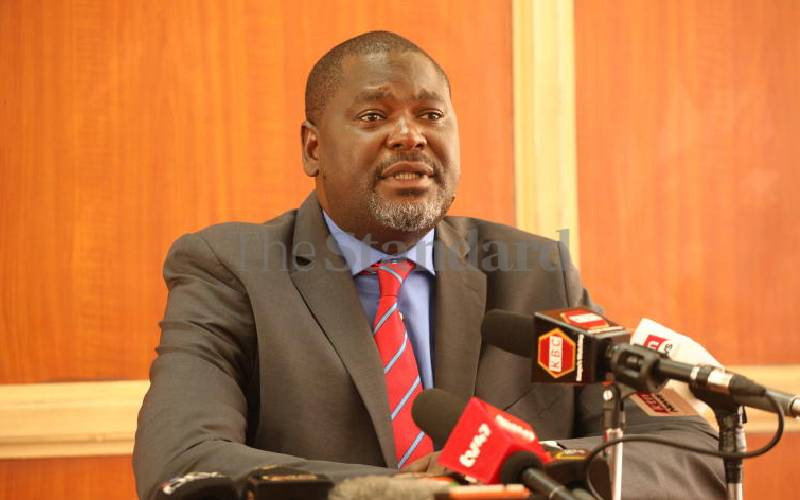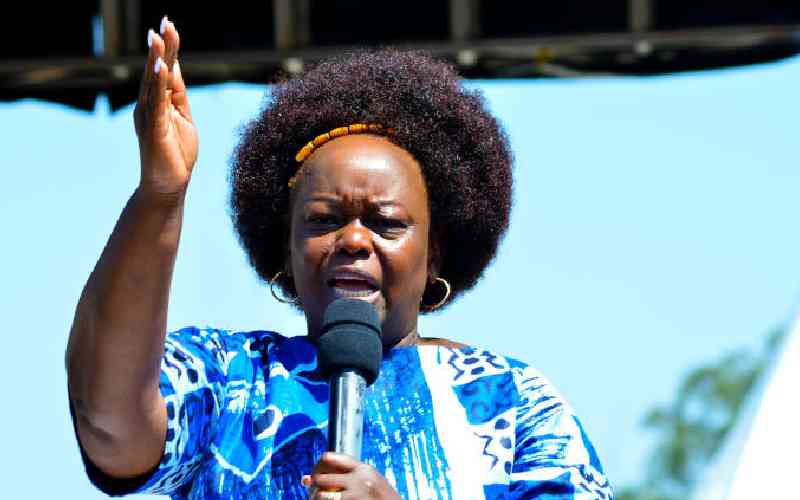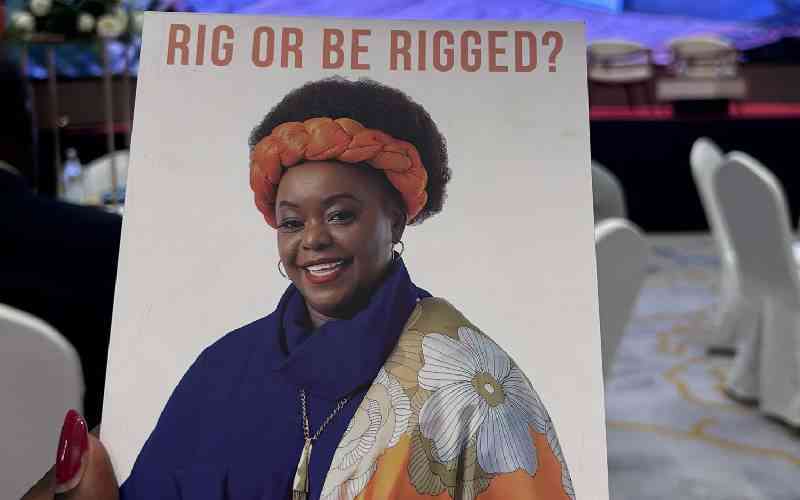
As revelers in a club in Nairobi enjoy sipping either beer, wine, brandy, whiskey or vodka depending on their wallets, tastes and most importantly their work load the next day an army of beautiful waitresses strapped with exotic drinks hawk shots.
On a single table there could be drinks from three continents. And if you doubt the fast changing drinking preferences of Kenyans then picture the fact that brewing giant East African Breweries Ltd (EABL) recently launched offshoots of two of their most famous beer brands in a span of just two weeks.
On Thursday just in time for Easter the company relaunched Tusker Cider in a can just seven months after the drink made from crushed apples but is riding the iconic ‘Tusker’ name was launched.
Then two weeks ago the company which has for a long time resisted the urge to enter the strong beer market which has been a playground for importers of European brewers launched its strongest beer yet- Pilsner 7.
“We have received widespread feedback from our customers calling for a canned version of this fantastic brand and we have obliged,” Kenya Breweries Ltd’s Marketing and Innovations Director, Stephen O’Kelly says.
But as the Kenyan alcohol market continues to expand, iconic brands like Tusker, Pilsner and White Cap that ushered Kenya from traditional brews to the formal drinking era and have for a long time held the crown as the beers of choice are now facing a tough competition.
Tusker controls 20 per cent of the beer market, followed by Guinness (11 percent), Senator Keg (9 per cent) and All Sopps (8 per cent), according to International Alcoholic drinks research firm Euro monitor.
But in the last few years, consumption of the mainstream beers like Tusker have been falling while Ready to Drinks (RTDs), reserve spirits, emerging and premium beer brands are increasingly being consumed forcing players to think outside the box.
Analysts say the demographics have changed.
“Those entering the drinking age view the world from a completely different perspective. They rarely stick to one brand while those who have money are exposed and want to be associated with what they see in global trends,” Erick Munywoki, the Head of Research at Sterling Capital says.
Robust strategy
“To keep up with this shift companies have to release new brands on a continuous basis or import others so as to cement their market share,” he says. EABL insists it has what it takes to tackle the new competition.
“We have put together robust strategy to drive growth and we will stick to our plans, responding our consumers’ demands for a larger drinks repertoire. Additionally, our pricing offer remains competitive and we will continue to engage retailers, seeking to drive affordability, given the excise-related price escalations in the recent past,” said the beer giant in an e mail response sent to Sunday Standard.
Stay informed. Subscribe to our newsletter
Apart from Tusker Cider, the company has in the last 15 months also introduced Smirnoff Ice Electric Ginseng, bringing to four the number of such drinks targeting millennials. Others are Snapp and Smirnoff Ice Guarana.
Evidently the full year financial results of the brewing giant in 2016 show that consumption of premium beers like Tusker Light and Guinness grew 2 per cent as main stream beers like Tusker, Pilsner and Whitecap fell 6 per cent.
Meanwhile, emerging beers like Senator Keg which is served in mugs grew 122 per cent while reserve spirits grew 22 per cent.
Keg costs just Sh50 per mug while reserve spirits sit at the top of the alcohol brands table and are popular with the elite.
A bottle of Hennesy XO for example will set you back Sh25,000, Johnny Walker Blue (Sh18,000) and Chivas Regal Sh18,000.
Nevertheless, last year Kenyans drowned Sh568 million worth of Scotch whiskey which represented a six per cent growth from Sh534 million in the previous year. This is according to the Scotch Whiskey Association.
“The uptake of Scotch is being driven by Kenya’s increasingly sophisticated, exposed and well-travelled middle class as well as the growing economy,” it said.
So appetising is the Kenyan market that apart from Kirin Holdings of Japan, the top five players in the global alcoholic drinks market now have a local presence with each trying to wrest control from EABL.
These are Heineken Holdings, SAB Miller, Carlsberg and Diageo which owns 22 per cent of EABL.
 The Standard Group Plc is a
multi-media organization with investments in media platforms spanning newspaper
print operations, television, radio broadcasting, digital and online services. The
Standard Group is recognized as a leading multi-media house in Kenya with a key
influence in matters of national and international interest.
The Standard Group Plc is a
multi-media organization with investments in media platforms spanning newspaper
print operations, television, radio broadcasting, digital and online services. The
Standard Group is recognized as a leading multi-media house in Kenya with a key
influence in matters of national and international interest.
 The Standard Group Plc is a
multi-media organization with investments in media platforms spanning newspaper
print operations, television, radio broadcasting, digital and online services. The
Standard Group is recognized as a leading multi-media house in Kenya with a key
influence in matters of national and international interest.
The Standard Group Plc is a
multi-media organization with investments in media platforms spanning newspaper
print operations, television, radio broadcasting, digital and online services. The
Standard Group is recognized as a leading multi-media house in Kenya with a key
influence in matters of national and international interest.










